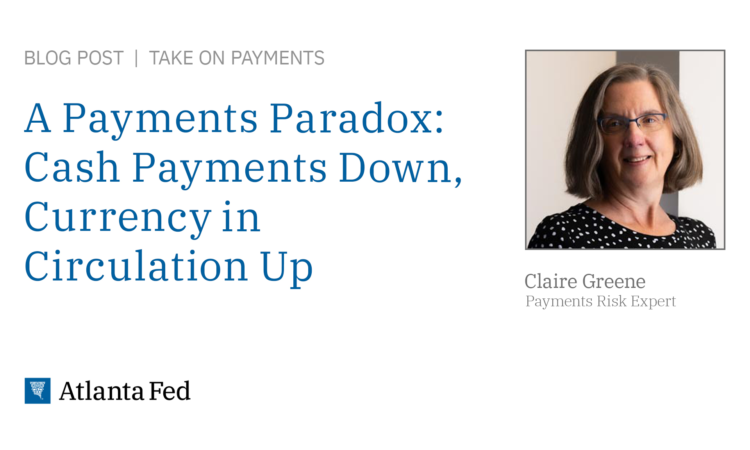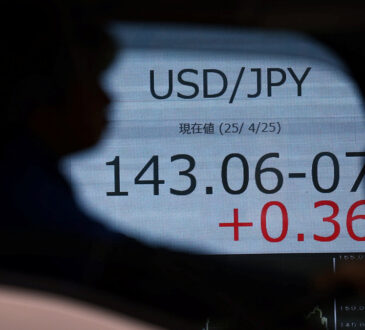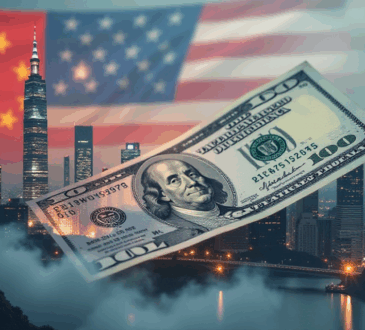
Do you keep some cash around, just in case? My old boss hid an emergency ten-dollar bill in his key case. A friend who lives in a hurricane zone keeps some in his to-go bag. Perhaps you secret some twenties in a sock drawer.
In the Survey and Diary of Consumer Payment Choice, this cash stash is called “cash stored elsewhere”—that is, not immediately available for spending and socked away, for example, at home, at work, or in a car. Many of us keep a security blanket of cash as a store of value: 44 percent of US consumers had some stored cash in October 2022. Cash stored averaged $400 per US consumer (or almost $1,000 for those consumers who stored some). Both the share of consumers with a cash stash and the amount stored has increased substantially since 2019, when just 20 percent of consumer had some stored cash.
Why, when we can document the declining use of cash for payments by US consumers, are more of us keeping more cash? My pet theory is that the COVID pandemic and news about climate-related emergencies are making all of us more sensitive to emergency preparedness.
You probably already know that the aggregate demand for cash soars in areas threatened by or experiencing weather emergencies![]() . And that around the time the COVID national emergency was declared in March 2020, many people thought to stockpile
. And that around the time the COVID national emergency was declared in March 2020, many people thought to stockpile![]() some cash. People outside the United States
some cash. People outside the United States ![]()
![]() also react to crises by fleeing to US paper currency, as Ruth Judson, staff economist at the Federal Reserve Board, has documented. As much as two-thirds of currency is estimated to be in circulation outside the United States.
also react to crises by fleeing to US paper currency, as Ruth Judson, staff economist at the Federal Reserve Board, has documented. As much as two-thirds of currency is estimated to be in circulation outside the United States.
In a new paper![]() , Judson reports that while the demand for US banknotes remains high, demand for smaller denominations—the ones, twos, fives, tens, and twenties we use for spending—was flat or declined since the 1960s. Judson cites this evidence to “suggest that domestic use of and demand for cash is trending down, albeit slowly, and that cash remains a popular choice in crisis episodes.”
, Judson reports that while the demand for US banknotes remains high, demand for smaller denominations—the ones, twos, fives, tens, and twenties we use for spending—was flat or declined since the 1960s. Judson cites this evidence to “suggest that domestic use of and demand for cash is trending down, albeit slowly, and that cash remains a popular choice in crisis episodes.”
We see this use of cash in a crisis not only in the consumer data about cash holdings postpandemic but also in survey respondents’ thoughts about some hypothetical cashless society. More than 90 percent say they have no plans to give up cash anytime within the next five years. Among those who worry about a cashless world, six in 10 cite the ability to use cash during power outages and other disasters as a reason to keep Alexander Hamilton, Ben Franklin, and the presidents (Washington, Jefferson, Lincoln, Grant, and Jackson) around.





